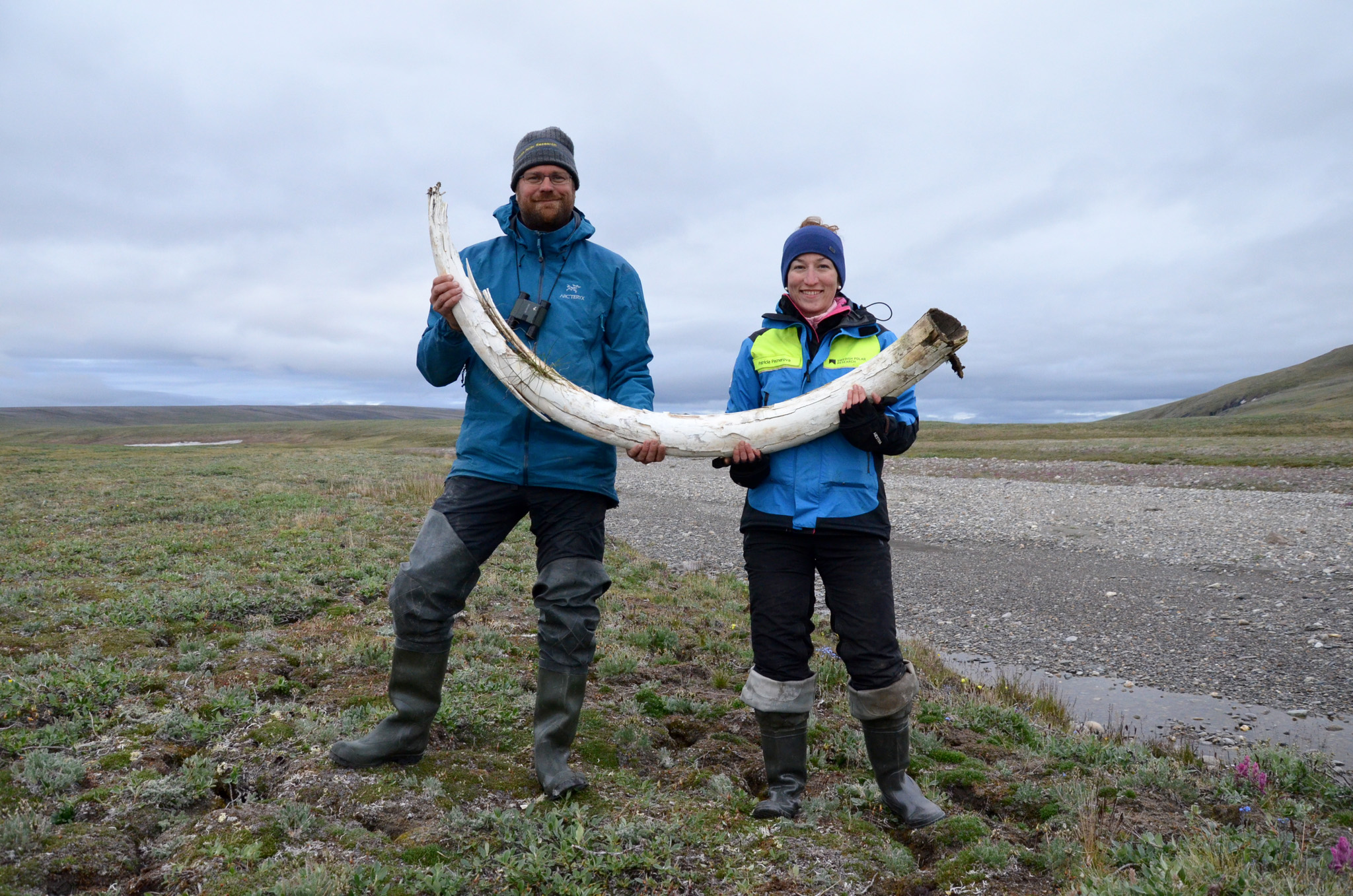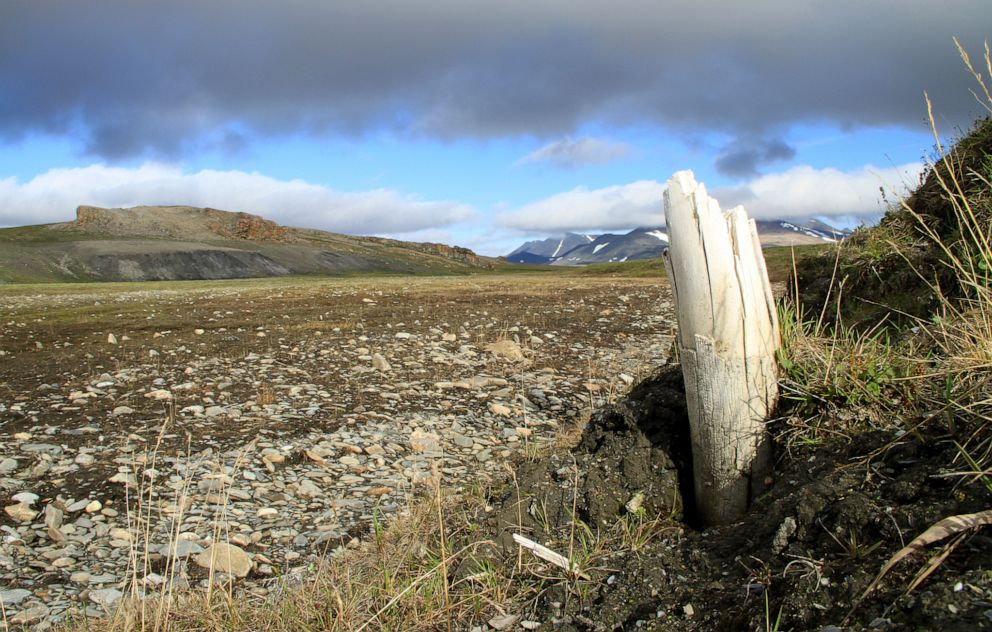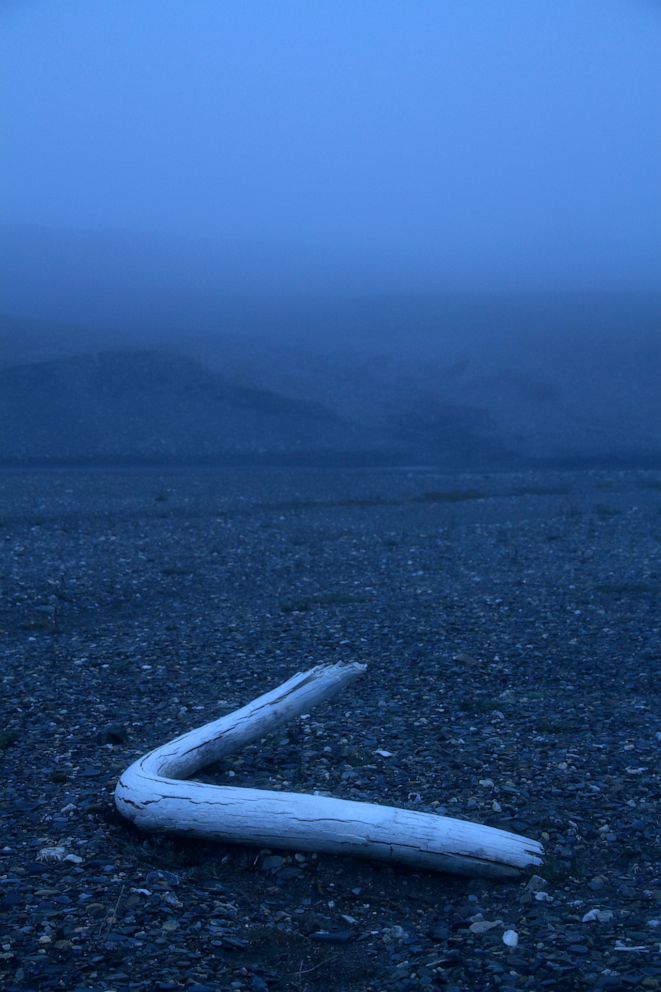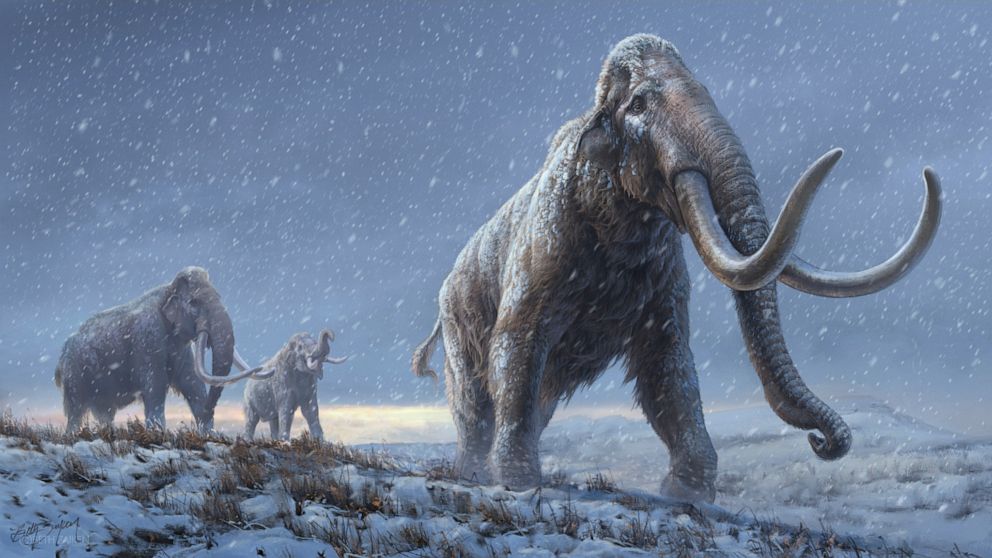Million-year-old mammoth DNA discovered by scientists in northeast Siberia
Previously, the oldest DNA sequenced from about 780,000 to 560,000 years ago.
Scientists now have evidence that mammoths were roaming the earth more than 1 million years ago with the discovery of the oldest-dating skeletal fragments ever found.
An international team of researchers recently found molars from three mammoth specimens in northeast Siberia, two of which they determined are more than one million years old through the age deposits from which the teeth were collected from, according to a study published Wednesday in Springer Nature.

One specimen, named Krestovka, is approximately 1.65 million years old, while another named Adycha is around 1.34 million years old and the third, Chukochya, is 0.87 million years old.
The authors estimate that the specimen named Krestovka diverged from other mammoths around 2.66 to 1.78 million years ago and was ancestral to the first mammoths that are believed to have colonized North America 1.5 million years ago, according to the study, while the specimen named Adycha is one of two lineages in eastern Siberia that later gave rise to the woolly mammoth.
"This DNA is incredibly old," said Love Dalen, a professor of evolutionary genetics at the Centre for Palaeogenetics in Stockholm. "The samples are a thousand times older than Viking remains, and even pre-date the existence of humans and Neanderthals."

The oldest previously sequenced DNA was from an ancient horse found to live between 760,000 to 560,000 years ago, collected in 2013, according to the paper.
In July, a well-preserved woolly mammoth skeleton was discovered in a lake in northern Siberia.

Woolly mammoths are thought to have died out around 10,000 years ago, but small groups may have survived longer in Alaska and off the Siberian coast.
Mammoths appeared in Africa about 5 million years ago and then colonized much of the northern hemisphere, according to the study.





